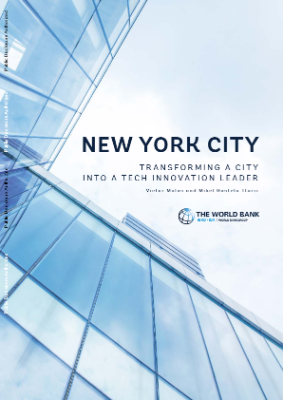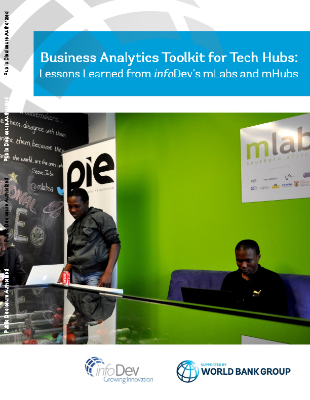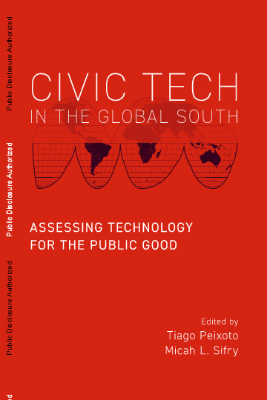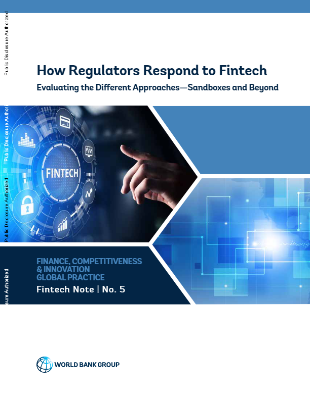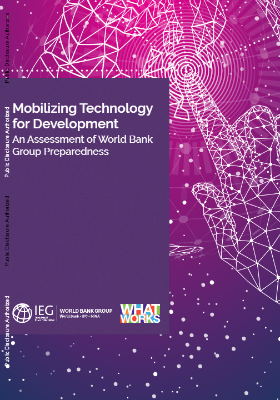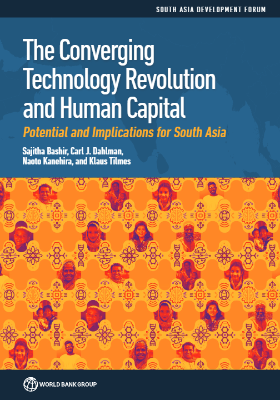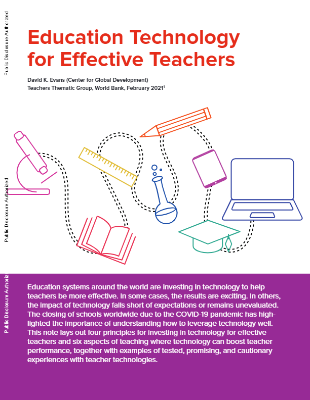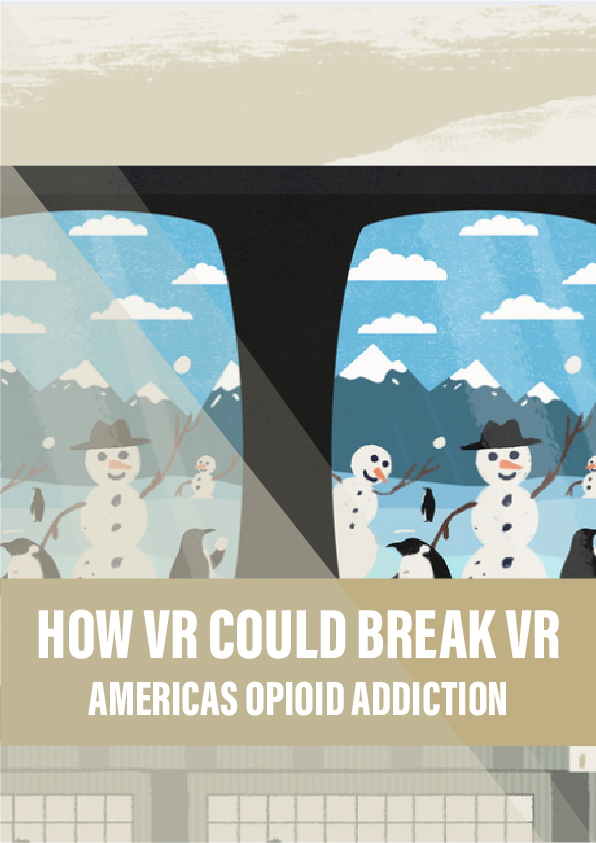Over the last 8 years, New York City has become one of the largest and most vibrant tech startup ecosystems in the world. Today, the city is widely seen as a leading startup hub worldwide. However, this was not something one could have anticipated just ten years ago. At that time, the tech startup community in the city was anecdotal and disorganized. New York was seen as the place to be for corporate jobs in finance, media or advertising, and tech was just supportive to corporate functions. Startups were not synonymous with New York. This all changed in 2008. The financial crisis shocked the city and, in doing so, provided the circumstances for the transformation of the New York startup scene. By 2015, New York accounted for nearly a $6 billion venture capital investment in startups and had over 14,500 startups (Wall Street Journal, 2016 and Digital NYC, 2016.)
New York provides insights on how startups are impacting city economies, generating new sources of jobs and helping transforming the urban landscape. New York represents a new model of startup ecosystems that is emerging in cities worldwide. Different to Silicon Valley’s suburban ecosystem, New York’s is urban in nature and well integrated into the local economy and industry base. New York is the prime example of the new urban startup ecosystem model, providing key insights:
- New York’s tech startup ecosystem evolved around the traditional local industries of the city (e.g., finance, advertising, media, fashion and health.) This process not only allowed it to retain the very specialized talent from the city at a moment of crisis, but it also increased the competitiveness and innovation of New York’s traditional industry base. As more and more startups emerged, competitive pressures forced incumbents to also innovate directly, introduce open innovation processes with startups and absorb startup technology (through acquisition or recruitment).
- The startup ecosystem became a new source of employment, generating jobs directly (i.e., those from startups) and, more importantly, indirectly, through non-tech companies (e.g., the local industry base) employing tech talent (partly due to the disruptive and competitive process described above). This push for tech from the traditional industry base resulted in the highest numbers of new sources of employment generated by the ecosystem. Interestingly enough, these new sources of employment provide job opportunities for both low- and high-skilled tech workers.
- The growth of the startup ecosystem further attracted tech R&D, innovation and product development functions from leading tech companies from outside the city (e.g., Google, Facebook, IBM), supporting the economic diversification of New York City and creating new market categories for existing and new industries.
- The startup ecosystem has had significant implications on urban transformation, helping to regenerate neighborhoods in Manhattan and most noticeably, in Brooklyn.
There were many factors that enabled New York’s ecosystem to grow; in what for the most part started as an organic process, yet the city, through the New York City Economic Development Corporation (NYCEDC) and the Mayor’s office played a critical role supporting the ecosystem with a targeted policy program.
New York remains distinguished in many ways as a city, as was the processes that lead to the growth of its tech ecosystem. Nonetheless many of the challenges it faced when developing the tech ecosystem are similar to those confronted by many other cities. These include: a) lack of technical talents, b) lack of available seed finance, c) limited affordable space for entrepreneurs, and d) a small and decentralized community.
